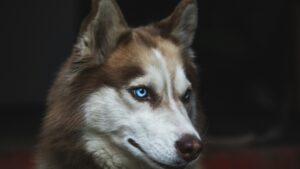
Best Doggie Doorbell:15+ Models Tested for Potty Training
Are you training your doggie doorbell manners, or does your furry friend incessantly scratch or bark at the door to go outside? You need a
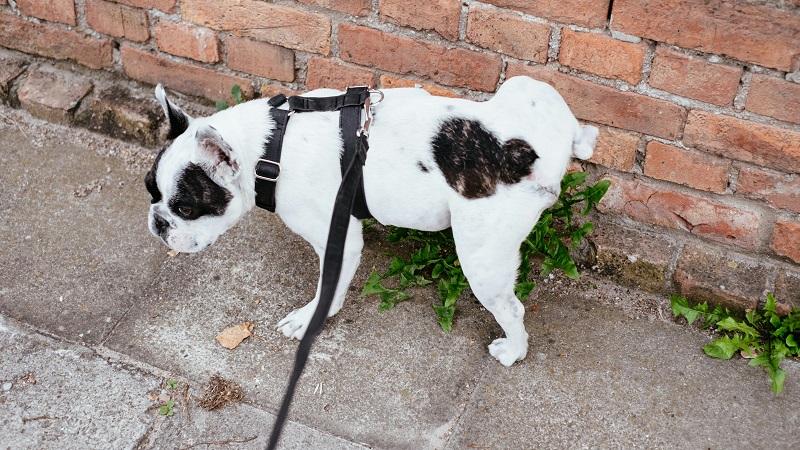
Here is a probelm: dogs not drinking water but urinating—this perplexing scenario has left many pet owners concerned.
A dog’s water intake is crucial for their overall health, and when it seems like they’re avoiding it, it can signal underlying issues.
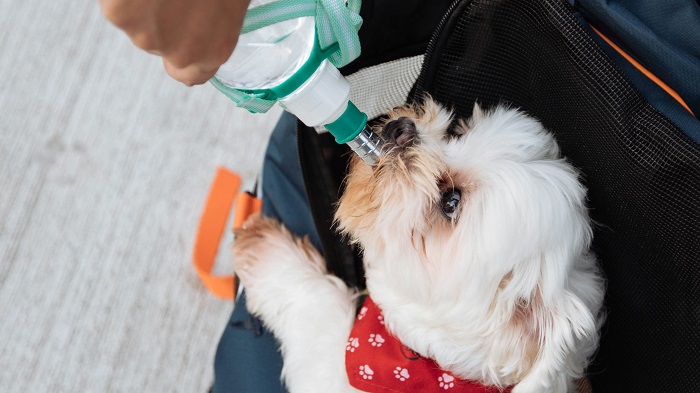
In this comprehensive guide, we will delve into the reasons behind why dogs might not drink water but continue to urinate frequently.
Furthermore, we will explore various solutions to address this concern and ensure your furry friend’s well-being.
Here are the possible reasons why dogs may not drink water but urinate excessively:
Dogs not drinking water but urinating excessively, can often be attributed to underlying health problems.
These conditions can affect a dog’s water intake and urinary habits, and they should never be ignored. Here are some specific health issues that can contribute to this behavior:
If you notice your dog exhibiting unusual drinking or urination patterns, such as drinking excessively or not drinking at all, it’s crucial to seek immediate veterinary care.
A veterinarian can perform diagnostic tests to identify and address any underlying health concerns, ensuring your dog receives the necessary treatment.
Environmental factors can play a significant role in a dog’s water consumption and may contribute to them not drinking enough water. Consider the following factors:
The composition of a dog’s diet can impact their water intake. Insufficient water content in the diet or an inappropriate diet can lead to reduced water consumption. Here are some dietary concerns to consider:
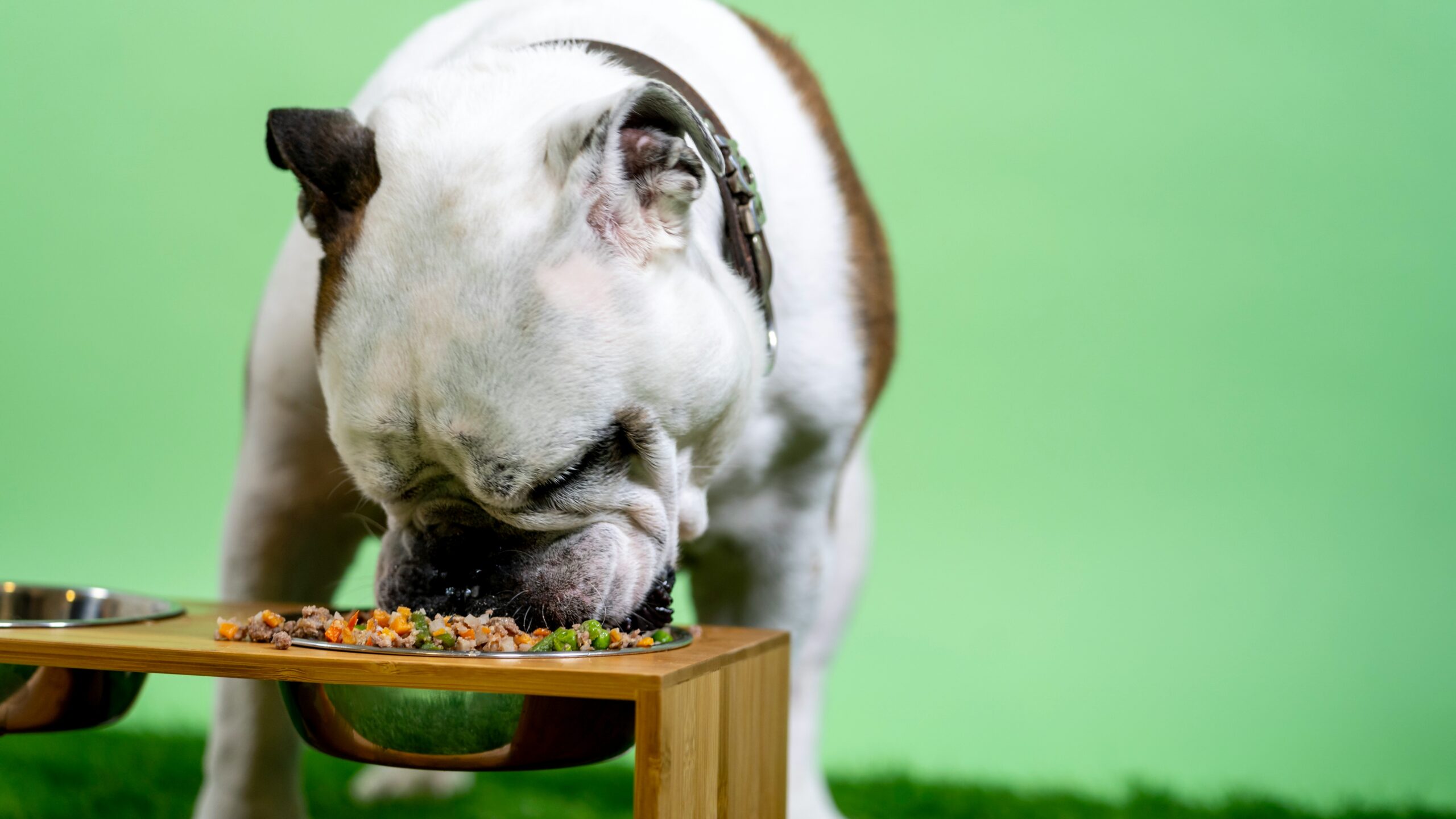
Here you can get the solutions to address the issue of dogs not drinking water but urinating excessively:
Encouraging your dog to drink more water is essential for maintaining their hydration. Here are some ways to promote drinking:
Provide Fresh Water Regularly: Ensure that your dog has access to fresh and clean water at all times. Change the water in their bowl daily to keep it appealing and free from contaminants. Dogs are more likely to drink from a clean water source.
Use a Dog Doorbell: Training your dog to use a dog doorbell can be a clever solution. This tool allows your dog to signal when they need to go outside, not only for bathroom breaks but also for a drink. This way, they can access water whenever they feel the need, encouraging proper hydration.
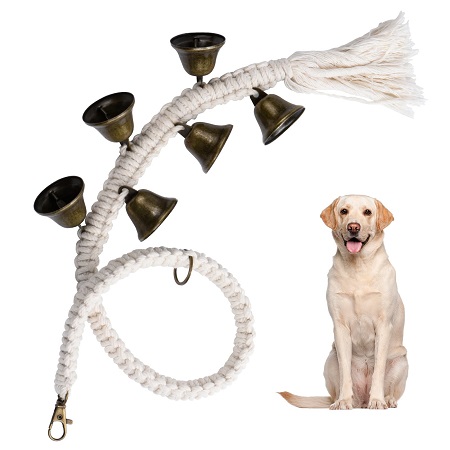
Keeping a close eye on your dog’s water intake is crucial to ensuring they stay adequately hydrated. Here’s how to monitor their water consumption effectively:
Monitoring your dog’s water consumption allows you to spot potential concerns early on and take action accordingly.
Making dietary improvements can be an effective way to increase your dog’s water intake and address the issue. Consider the following:
Add Wet Food: If your dog is on a dry kibble diet and struggles with drinking enough water, consider incorporating wet food into their meals. Wet food contains more moisture and can help increase their overall fluid intake.
Consult with a Veterinarian: It’s essential to consult with your veterinarian or a canine nutritionist when making dietary changes. They can assess your dog’s specific needs and recommend the most suitable diet to ensure they receive proper hydration through their food.
If the issue of your dog not drinking water but urinating excessively persists or worsens despite your efforts, it’s imperative to seek veterinary consultation promptly. Here’s why:
In the perplexing scenario of dogs not drinking water but urinating frequently, understanding the underlying reasons and implementing effective solutions is paramount.
This comprehensive guide has shed light on the possible causes behind this behavior, ranging from health issues like urinary tract infections and kidney problems to environmental factors, dietary concerns, and the innovative use of tools like the doggy doorbell.
Ensuring your dog’s health and well-being is of utmost importance, and seeking prompt veterinary care for any irregular drinking or urination patterns is crucial.
Creating a dog-friendly environment with easy access to clean water, considering the moisture content of their diet, and consulting with a veterinarian or canine nutritionist can address many of these issues.
Additionally, encouraging your dog to drink more water by providing fresh water regularly and using innovative tools like the doggy doorbell can make a significant difference.
Monitoring their water consumption and seeking veterinary consultation when necessary are essential steps in ensuring your furry friend remains hydrated and healthy.


Are you training your doggie doorbell manners, or does your furry friend incessantly scratch or bark at the door to go outside? You need a

When it comes to dog pee, much like humans, the urine of animals is a vital health indicator. Just as human urine reveals a lot

Noticed your dog yawn more often than usual? While it’s adorable, it could also be a sign of something to consider if it appears excessive.

Wondering what’s so fantastic about bell train a dog? Picture a world where your furry friend always alerts you when they need to go outside,
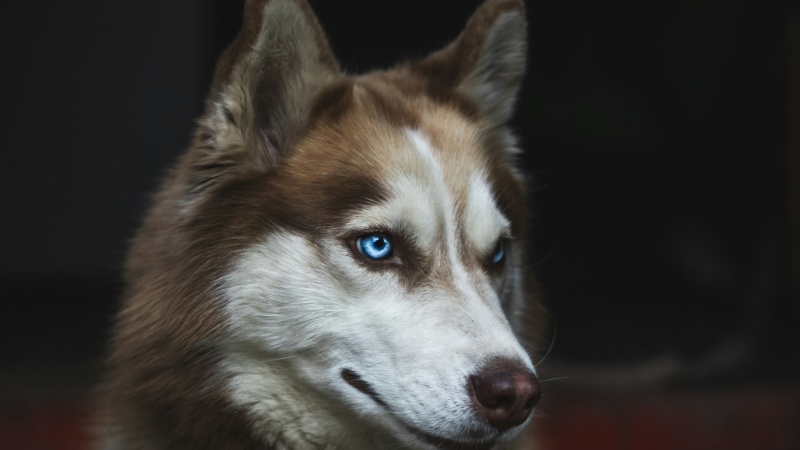
Are you training your doggie doorbell manners, or does your furry friend incessantly scratch or bark at the door to go outside? You need a

When it comes to dog pee, much like humans, the urine of animals is a vital health indicator. Just as human urine reveals a lot

Noticed your dog yawn more often than usual? While it’s adorable, it could also be a sign of something to consider if it appears excessive.

Wondering what’s so fantastic about bell train a dog? Picture a world where your furry friend always alerts you when they need to go outside,
Copyright © 2024 doggydogdoorbell. All Rights Reserved.